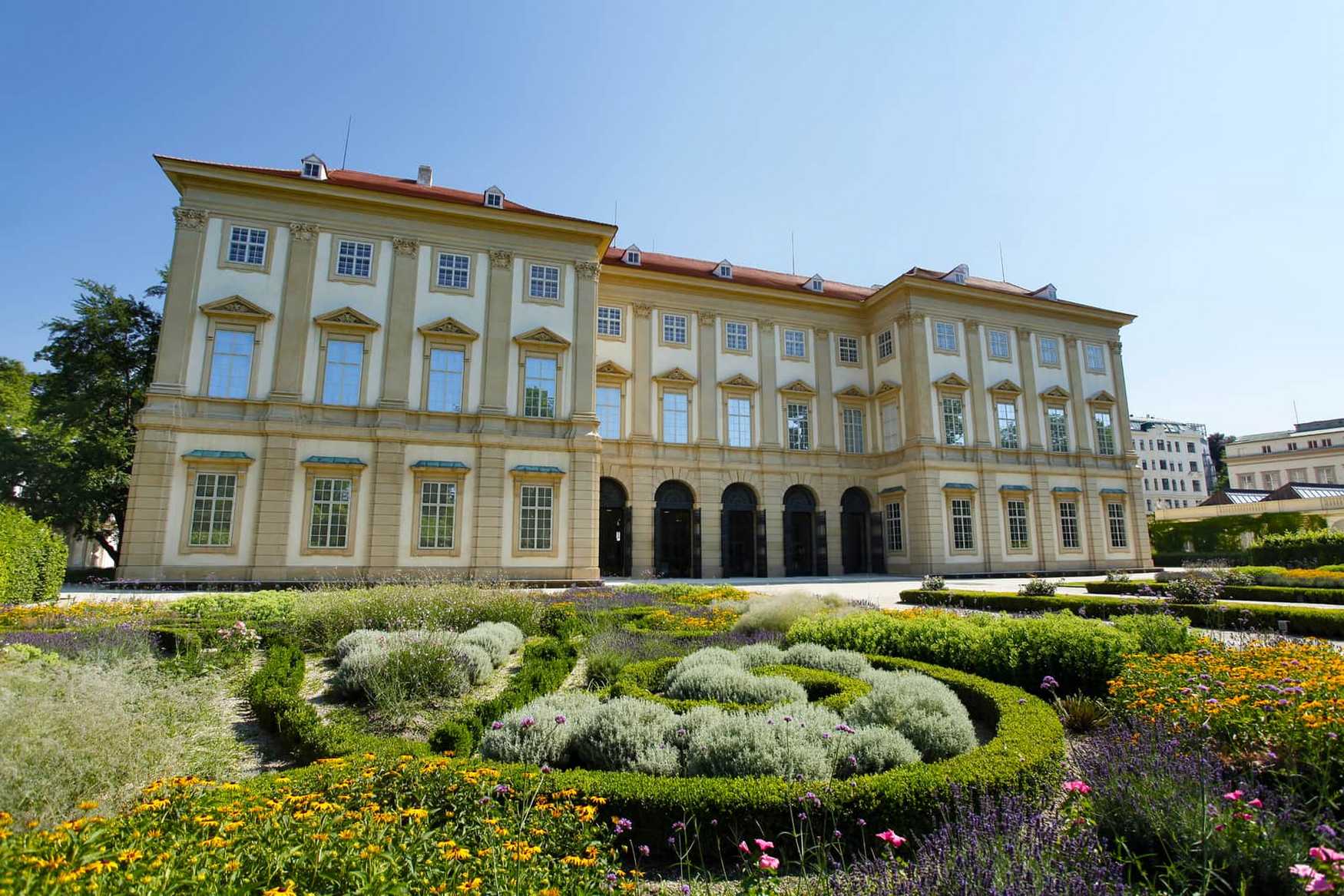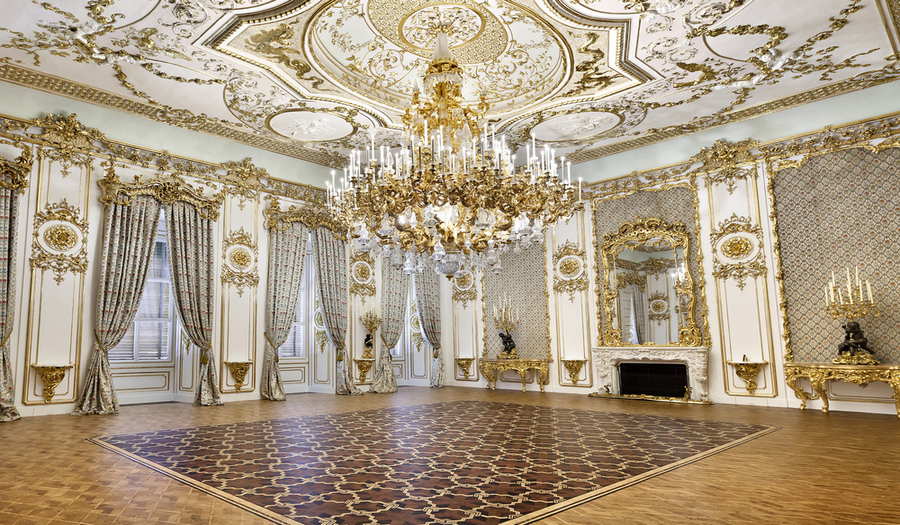In 1687, Prince Johann Adam I of Liechtenstein bought a garden in Rosau, which became one of the most beautiful baroque buildings in the centre of Vienna, on Fürstengasse: the Liechtenstein Garden Palace.
It took almost 13 years to build and cost the prince a considerable sum of money at the time. Three centuries later, thousands of tourists come here to admire the sumptuous interiors of the Baroque palace and stroll along the winding paths of the park.
A historical walk
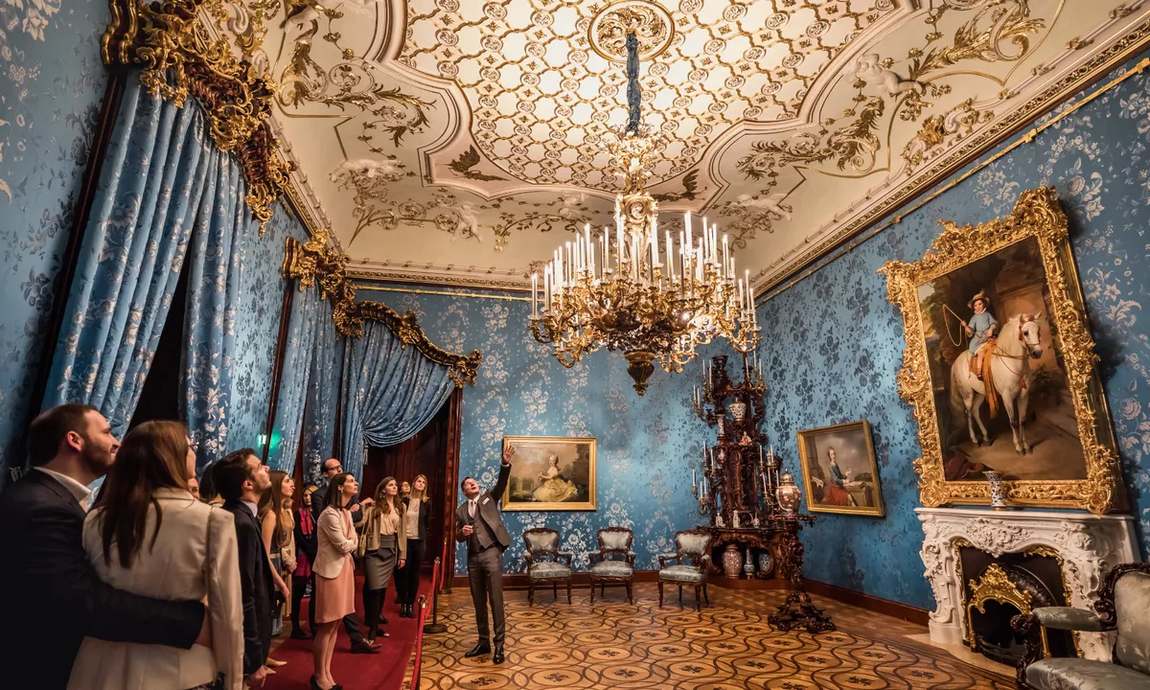
Travelling with children is no reason to skip a visit to the palace; on the contrary, schoolchildren will learn several disciplines at once: in addition to history, you'll give them a good lesson in fine art and medieval design.
To give you an idea of the splendour and opulence of the interior, the steps of the main staircase are made of pure marble, in one piece and over 4.5 metres long, while the white marble for the door jambs, for example, was specially imported from Salzburg.
What are the secrets of the palace's state rooms? One can only guess by looking at the frescoes on the walls and ceilings of the rooms, the ceiling paintings by Italian artists and the grand staircase from the Lower Hall to the princes' apartments.
The library is of particular historical value: with over 100,000 volumes, it is part of the Prince of Liechtenstein's heritage.
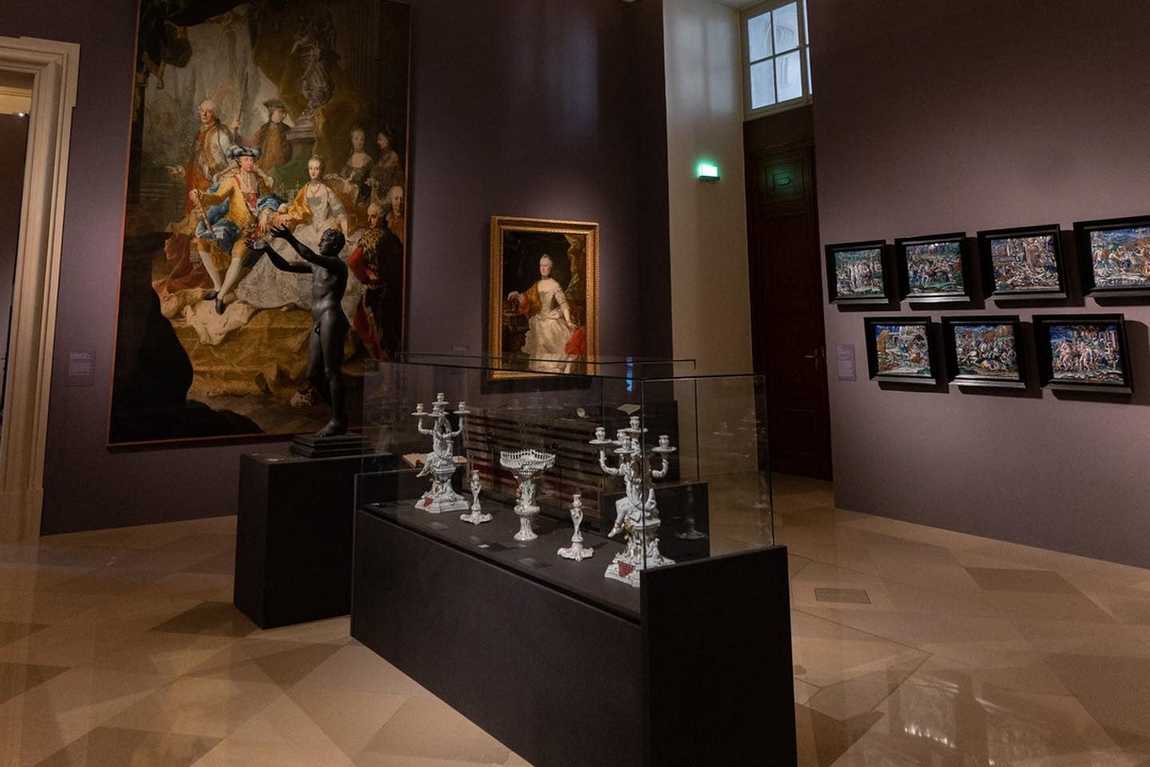
In addition, the Lichtenstein Palace Picture Gallery on Fürstengasse contains famous paintings by Rubens, Raphael, Rembrandt and other great artists — around 1,500 paintings in all. The gallery was founded in the 17th century by one of the Liechtensteins, Prince Karl Eusebius.
The Liechtenstein Palace in Vienna is also world famous as the owner of the most expensive piece of furniture in the world, the XVII century Badminton Cabinet.
It took thirty craftsmen several years to create, using the original technique of Pietra Dura (Florentine mosaic). The peculiarity of this technique is that the wood is inlaid with decorative stones: jasper, malachite, amethyst, quartz, lapis lazuli and gilded bronze.
The bureau is made of ebony and all of its ten drawers are made of cedar; it is almost four metres high and more than two metres wide.
The most expensive piece of furniture was commissioned by the Duke of Beaufort and has been on the Badminton estate for several centuries. In 2004, it was purchased at auction by the Prince of Liechtenstein Museum for more than $36 million and now belongs to one of Europe's most famous and ancient families.
The castle halls also contain an exquisite collection of porcelain, a collection of bronzes, a variety of sculptures and unique tapestries, all of which create the pleasant and noble atmosphere of one of the largest family collections in the world.
A walk along the garden's shady paths
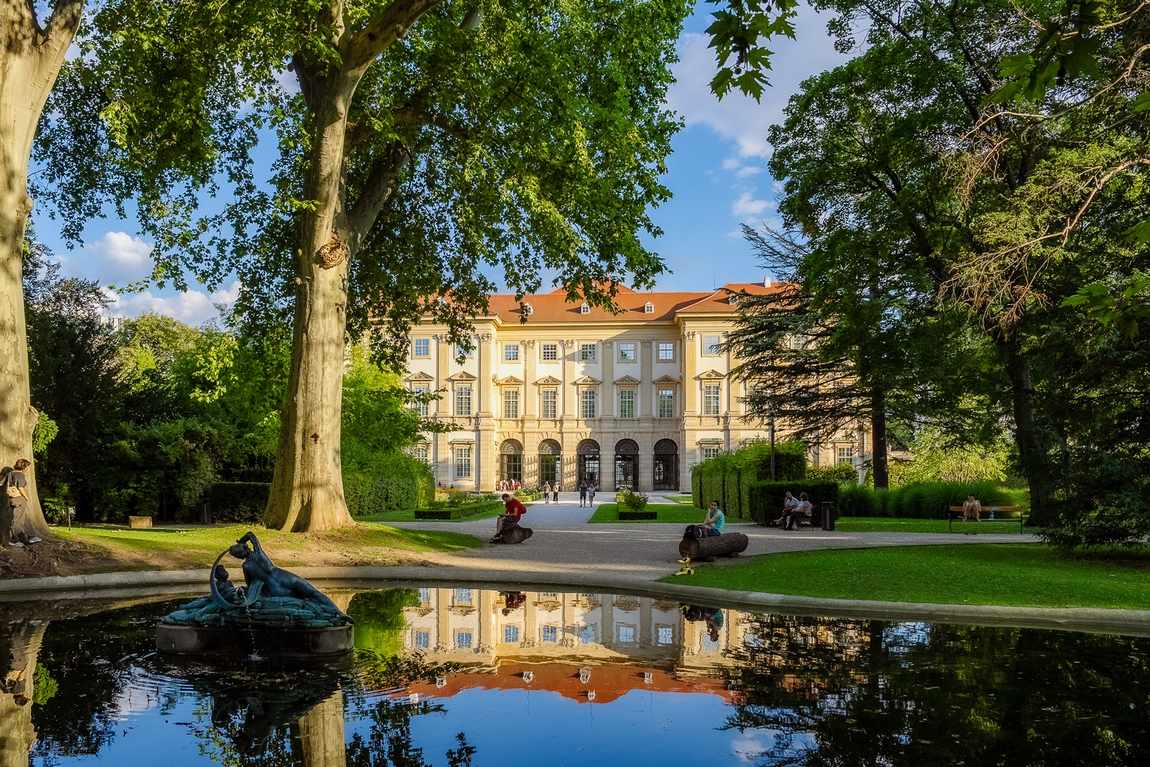
The park of Liechtenstein Palace is ideal for quiet family walks. Children can run along the perfectly smooth paths, while their parents admire the mirrored surface of the pond, the reflection of the palace and the crowns of the centuries-old trees.
The garden around the palace dates back to the late 17th century and has become one of the greatest horticultural achievements of the Austrian capital. At the beginning of the 19th century, the garden was transformed into an English landscape park with sycamore, oak and maple trees, which have survived to the present day.
By the middle of the 20th century, most of the park had been developed into a new urban area. In 2004, however, the garden was partially restored and merged with the English Palace Park, where tourists and locals alike come to enjoy the peace and majestic tranquillity of the Garden Palace.
Liechtenstein's heritage
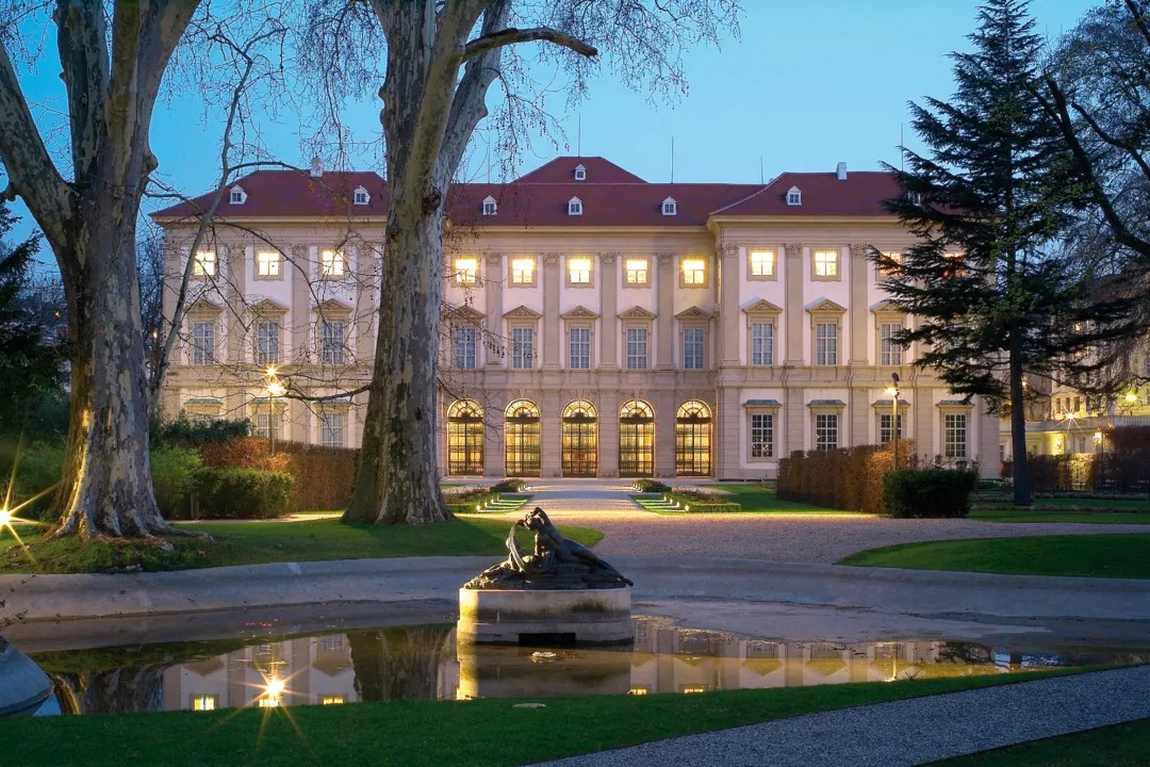
The family-owned museum complex also includes the Liechtenstein City Palace in Vienna, located on Bankgasse. Its construction was completed five years after that of the Garden Palace, and the building itself was the first in the Austrian capital to be built in the high Baroque tradition. The splendour of the interior, reflected in the snow-white staircase and gilded rooms, speaks for itself and still belongs to the Lichtenstein family.
If you'd like to get to know the historical past of one of the world's most beautiful capitals, it's worth remembering that guided tours are now only available by appointment on certain days. You should therefore plan your visit to the museum well in advance, but you can always take a walk in the palace park.


